Mastermind groups have been experiencing a growing popularity, particularly in the personal development and entrepreneurial communities. While Covid definitely put a damper on things, 2023 has seen a return to embracing in person events like conferences, masterminds, retreats, etc.
This summer my husband and I had the pleasure of attending two in-person masterminds organized by different creators in our networks.
I’ve attended masterminds before, but this was the first time that Ben and I would be attending together as business co-owners with an aligned vision.
So, what exactly is a mastermind, and why are they so powerful?
What is a mastermind?
A mastermind is a group or collective of individuals who come together with the shared goal of supporting and helping each other in achieving personal and professional growth and success. The concept was popularized in Napoleon Hill’s book Think and Grow Rich in 1937. In the book, Hill defined a mastermind as “the coordination of knowledge and effort of two or more people, who work toward a definite purpose, in the spirit of harmony.”
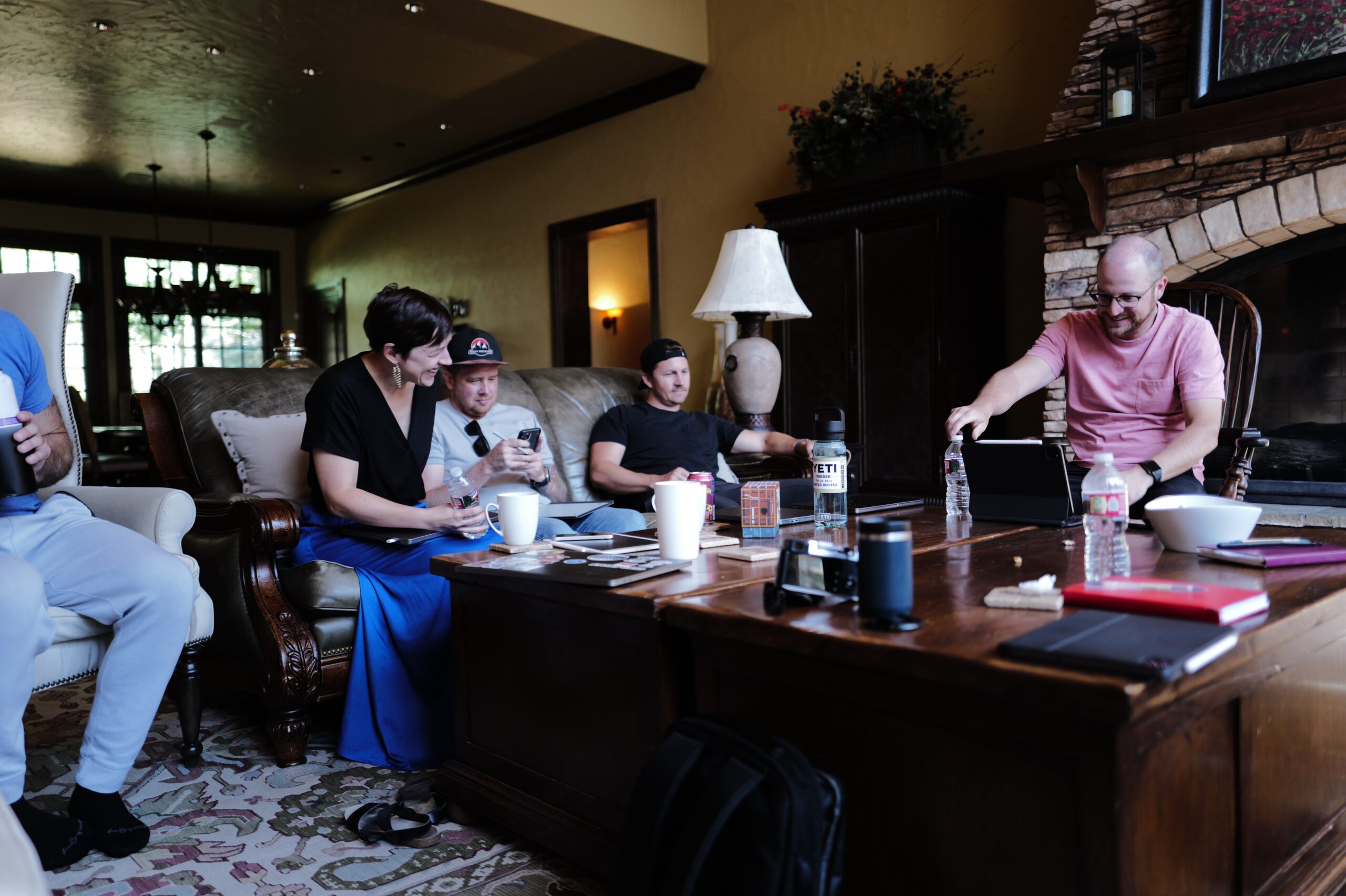
Mastermind groups typically consist of like-minded individuals who bring diverse skills, expertise, and experiences to the table. The group members collaborate, brainstorm ideas, share knowledge, provide feedback, and hold each other accountable to achieve their individual and collective goals.
In an ideal world, the group dynamic fosters a sense of trust, accountability, and encouragement, creating an environment where participants can challenge and inspire one another to excel (one reason why the right mix of people makes all the difference!)
Masterminds can take various forms, such as in-person gatherings, virtual meetings, or a combination of both. They can be organized around specific themes, industries, or shared interests, enabling participants to leverage the collective intelligence of the group to overcome challenges and seize opportunities.
I’ve participated in self-organized masterminds, paid masterminds, small groups and large, with varying levels of effectiveness. The most powerful experiences have always been in-person.
Importance of in-person masterminds in the digital age
It’s not always feasible or easy to travel, but if you can use an in-person mastermind as a jumping off point for some vacation time and rest, it can be well worth it. I’m going to share what I believe is the power of these in-person experiences, along with examples from real masterminds I’ve attended.
Genuine Human Connection
It’s human nature to desire connection, and masterminds are all about establishing meaningful connections with like-minded individuals
There’s an element of serendipity that happens in person that’s tough to replicate virtually. There’s more eye contact and body language signalling that can help people feel more connected to one another. These face-to-face interactions can really help in trust-building and rapport.
You can more easily pick up on other people’s nervousness, excitement, fears, or passions, which helps promote empathy and understanding.
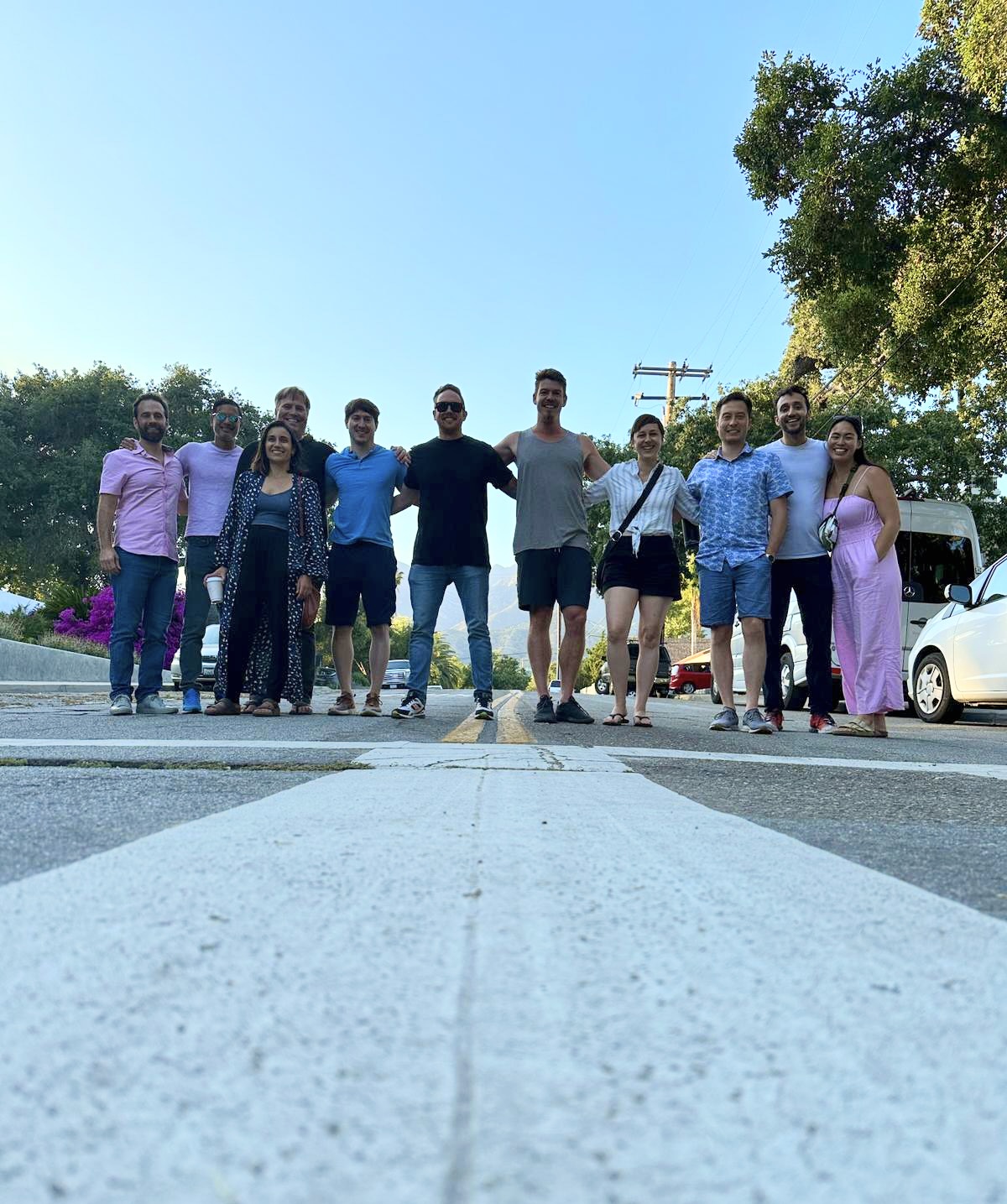
Accountability and Commitment
There’s something incredibly powerful about shared goals and mutual accountability. While not everyone in the group will have the same goals as you, you might be surprised just how similar your core needs are.
It’s valuable to see and understand that you are not alone in your goals, that your needs and desires are valid, and there are others with a shared sense of purpose.
This shared sense of purpose within a physical presence helps create encouragement and accountability within the group to stay focused and committed on your personal and professional growth.
Real-Time Feedback and Brainstorming
The dynamic nature of in-person brainstorming sessions fosters rapid problem solving, immediate feedback loops, and sparks of inspiration that are truly one of a kind. The group can bring diverse perspectives based on experience, and allow for exploring new ideas that no one person may have discovered alone.
It was at Kai Davis’s mastermind back in 2019 that Joel Hooks highly encouraged that I double down on Notion via Youtube videos. I was initially very resistant to the idea, but I also knew that he was right. I really respected Joel, and I decided to trusted his suggestion, which meant I needed to get out of my comfort zone and get comfortable with video. I’m forever grateful for this insight, as it changed the trajectory of my business!
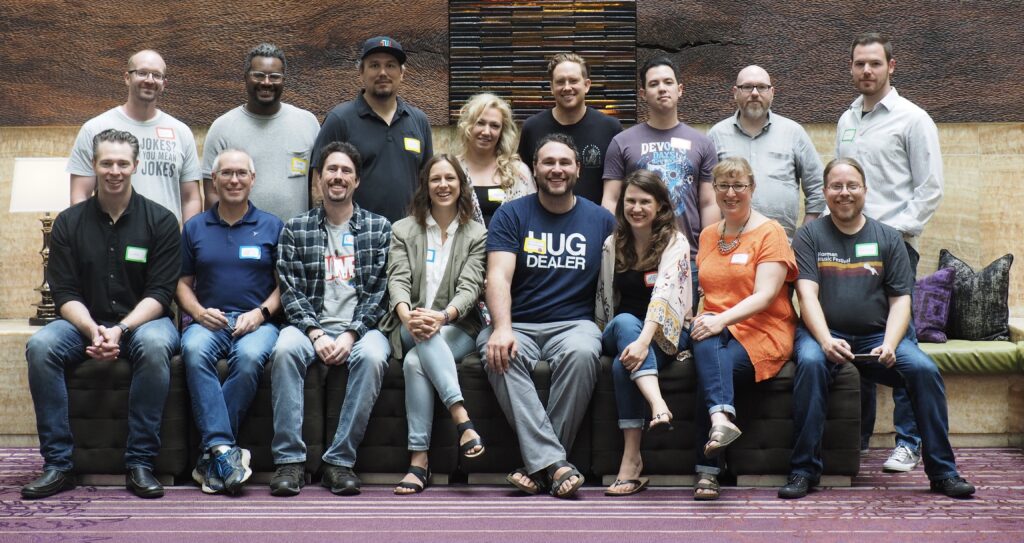
Intensive Learning and Skill Development
Leveraging collective knowledge can help accelerate individual learning. Other people in the group are able to share their unique expertise and insights which can help fast-track the adoption of new strategies or tactics.
In some cases, it might make sense for some (or all) participants to deliver a small workshop or share a key learning.
Tiago shared his condensed insights and lessons learned from his experience of publishing his book, Building a Second Brain, and told the group that each and every one of us has a book inside us.
Other participants shared their hiring challenges, while others shared specific marketing insights and tactics.
In-person masterminds can bridge the gap between theory and practice, depending on how much time you have, and how you structure the group sessions.
Consider what shared challenges the collective may be experiencing, and how participants might be able to offer key insights to shortcut learning.
Building Lifelong Friendships and Collaborations
The impact of shared experiences and emotional bonds is long-lasting, and can have unexpected ripple effects and benefits.
Opportunities for long-term collaborations and partnerships emerge, and people remember you and your goals, which makes it a lot easier for people to connect with their networks and say, “hey, I think I know someone you should connect with about this.“
Masterminding allows you to tap into a hugely supportive network that will continue to deepen your personal and professional growth.
Months and years later I am still impacted by these connections in unexpected ways.
I’ve seen new friendships form, and high-value introductions lead to book deals and other major engagements. You never know how and when these connections will come back to benefit you.
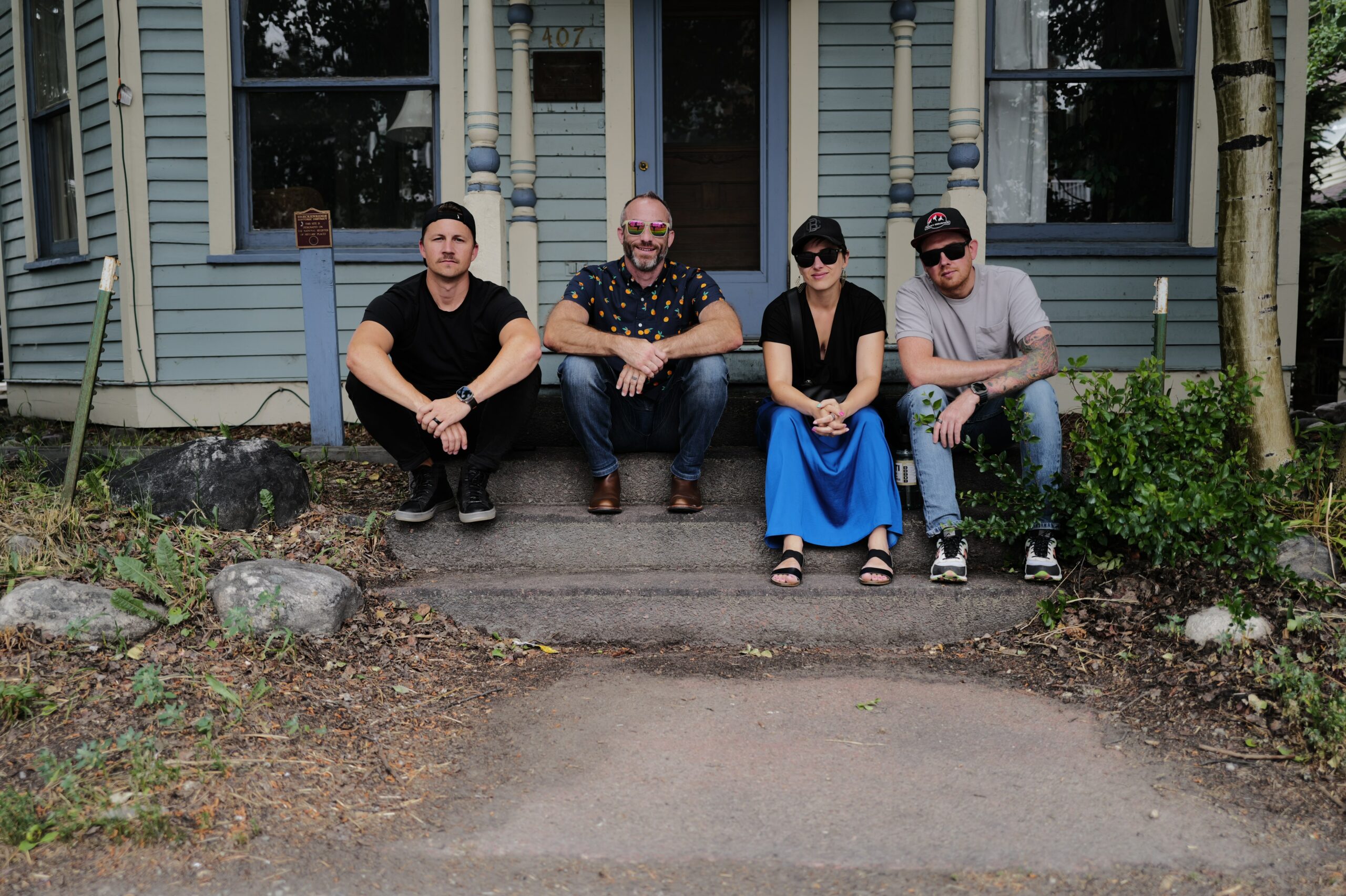
Elements of an impactful mastermind
Having been to a number of life-changing masterminds now, I want to share some of the elements I think these masterminds did really well, and are worth considering if you’re thinking about organizing a mastermind of your own.
Location
Location, Location, Location. The physical location of your mastermind has a big impact on how participants feel.
Consider:
- Are people staying on site, or nearby? Are hotels/rooms arranged, or do participants need to be responsible for their own accommodations?
- Is the location accessible?
- What is the general/desired vibe? (Formal, Casual, Friendly, Inviting, etc.)
- Are there spaces for conversation to flow naturally? Are there spaces for the group to interact as one? Is there room to sit and/or stand?
Tiago Forte chose Ojai, California for his retreat location, which offered a unique and magical vibe, allowing for the group to spend the majority of time outside. Read Tiagos’s reflections on his mastermind experience.

Shawn Blanc chose Breckenridge, Colorado for his location, renting a beautiful chalet where all participants were able to stay on site. Transportation was provided from the airport, and food was prepared on site, making it very convenient and comfortable.
A big central dinner table fit everyone comfortably, and the large open-concept main room made for comfortable yet intimate group masterminding time. There was a theatre in the basement, a game room with pool table, multiple patios, a bar, and a spacious kitchen. The space was very comfortable, and offered a great balance between group spaces and room for private space if needed.
Attendees
Who you invite to your mastermind is everything. When we talk about finding like-minded people, what kind of mindset are we talking about? It’s important to invite people who are generous with their wisdom or experience, and are willing to contribute to the group.
Reflection Questions:
- What kind of values overlap is there between your participants?
- Are some participants more dominant or extroverted than others?
- Do participants already know one another?
- What unique skills, experience, and niche knowledge does each participant bring to the group?
- How diverse is the group? What differences in age, background, culture, industry, or perspectives exist?
- How big of a group makes sense for the intended outcomes?
Ideas:
- Decide in advance on the purpose of the mastermind and the shared values.
- Ask trusted participants who they’d like to mastermind with. There will always be interesting people outside your immediate network; don’t invite only people who look and think like you.
- Participants of Tiago’s Ojai mastermind had shared experience with teaching, knowledge management, and running online course businesses.
- Kai’s Hallway mastermind had many participants with experience in software, technology, and running independent businesses.
- Shawn’s Breckenridge mastermind had shared values of generosity, vulnerability, and building businesses in alignment with core needs and values.
Intimacy + Safety
It’s so important to create a sense of safety within a group environment. How do you do this when often times participants aren’t necessarily familiar with one another?
Reflection Questions:
- How do you foster an environment where participants feel comfortable enough to discuss real challenges with vulnerability?
- Are there any rules or guidelines that participants should be aware of? Make them explicit.
Ideas:
- Give participants time to mingle before diving into activities.
- Let participants know in advance who is coming. Link to their social profiles, and/or give participants an opportunity to share background information/context in advance.
- Lead with vulnerability. Express your intentions to participants and make participants feel welcome. Let the group know how much you value their presence.
Structure
One of the trickiest aspects of planning a mastermind is deciding on the structure. The balance of structured and unstructured time really depends on the chemistry, size, and needs of the group, and the style of the leader.
Reflection Questions:
- How much structure is ideal/necessary? Are there facilitated activities, and if so, are participants expected to self-organized, or is there a facilitator?
- How much open time should participants have to connect with one another, or to take space to be alone and process?
- How strict are the time-boxes around activities? Is there enough flexible time built-in?
In Tiago Forte’s mastermind, there was an excellent balance between structured and unstructured time. Activities like hiking or nature walks allowed for small groups of people to connect more deeply in a personal way before jumping into business activities, where you may not have full context for someone’s goals and intentions.
Many masterminds have an element of “Hot Seat” time, which is dedicated time for each participant to share a challenge and get support from the collective wisdom. Depending on the size of the group, you may do this with a full group, or break up into smaller groups to allow more time per participant. Both can be valuable for different reasons.
Ideas:
- Start with unstructured time. Give participants time to meet one another and mingle in an unstructured environment before jumping into structured activities. It gives a chance to build some connection and context first.
- Leave room for introductions. Chances are many of your participants haven’t met yet. Make sure to devote some time to allowing participants to briefly introduce themselves and their intentions for the mastermind.
- Stay flexible. Sometimes the needs of the group are emergent. A good leader will be able to intuitively respond to the needs of the group, leaving room to pivot as needed. A great example of this was Tiago deciding to run the Hot Seats with the full group instead of breaking up into smaller groups. This really created connection and intimacy with the whole group, and was definitely the right pivot!
One of the most interesting (and I believe valuable) guidelines that the Ojai mastermind adhered to was this: No advice-giving during Hot Seats. You are welcome to ask questions and share stories, but not to give advice.
This became one of the most surprising and valuable choices for the group. In fact, I think this alone completely changed the trajectory of the mastermind.
Questions are so much more powerful than advice, because they get to the root of what matters. It also prevents people from applying their own biases to other people’s unique challenges.
Questions can reveal desire, provoke insights, and help illuminate unhelpful patterns or stories that hold us back. It also kept us out of “tactics” and more focused on higher level thinking.
Of course participants could absolutely share advice with one another during unstructured time, but it kept the group curious and free from personal agendas or opinions.
Other factors
Cost. In almost all of the masterminds I’ve attended, the cost of the mastermind was essentially the shared cost of the location, room, food, and any related group activities. Travel costs (planes, trains and automobiles, etc.) are covered by attendees. These masterminds have cost anywhere from $1k to $3k, depending on the location and travel costs.
While the masterminds are typically organized by a central leader or facilitator, they typically aren’t designed as a profitable endeavour, but more of a peer-led experience. That’s not to say you can’t run a mastermind for profit, but in my experience, the most value I’ve gotten from mastermind experiences has been through peer-led at-cost masterminds.
Food. Let’s talk about the power of food as connective social tissue! Sitting down together for meals, or sharing appetizers and drinks can be a such an important part of the mastermind experience. Of course it’s important to keep in mind that people have different dietary needs and requirements.
At Tiago’s Ojai mastermind, many of the meals were coordinated in advance and took place at local restaurants, which had plenty of fresh and healthy food options.
At Shawn’s Breckenridge mastermind, most of the meals were provided on site through a personal chef (Jenny and co were amazing!). All dietary requests were taken in advance, and the chefs were able to accommodate a variety of needs.
Vacation. Consider that masterminds can be a great way to visit a new city, and evolve into a personal retreat or vacation. When Ben and I attend masterminds, we try to leave time at the end of the trip to decompress, rest, and integrate all of the exciting insights and energy from the experience.
Have you attended an in-person mastermind that you loved?
I’d love to hear about your mastermind experiences; they’re such a wonderful and inspiring way to fast-track your business growth and personal development.
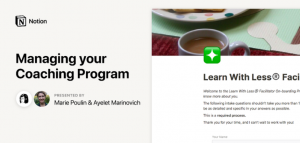


I recently attended a mastermind in NYC (I’m currently living in FL), and loved it! It was a full day with 18 other folks, and led by someone whose work I really admire. It was so many things that you mentioned about your experiences, and the most valuable has been the ongoing connections and accountability with each other! Huge fan!